A Proposed Correspondence Between the Planets and the Eight Diseases of the Mind from Ayurveda9/20/2023 Chapter 1, Verse 1 of Vagbhata's "Ashtanga Hridayam" is gorgeous, often being the favorite melody of my Sanskrit students.
Devanagari Script: रागादि रोगान् सततानु सक्तान् असेष काय प्रसृतान सेशान्। औत्सुक्य मोहारति दाञ्जघान योऽपूर्व वैद्याय नमोऽस्तु तस्मै॥ IAST Transliteration: rāgādi rogān satatānu saktān aśeṣa kāya prasṛtāna seśān, autsukya mohārati dāñjaghāna yo'pūrva vaidyāya namo'stu tasmai. Translation: I offer my salutations to that ancient physician (Vaidya) who destroyed various diseases like passion (Rāga) and others, who healed countless bodies, and who eradicated the diseases of mind and others that come from it. Let's delve into the translation with some etymological elaboration: "Rāgādi Rogān": Rāgādi: "Rāga" refers to passion. The suffix "-ādi" indicates "and others" or "et cetera." Rogān: "Roga" means disease or affliction. The plural form "Rogān" refers to diseases in general. So, "Rāgādi Rogān" collectively refers to various diseases all of which stem from passions. "Satatānu saktān": Satatānu: "Satat" means constant or continuous, and "anu" means after. So, "Satatānu" implies someone who consistently follows or eradicates. Saktān: "sakta" means attached or bound. In this context, "Satatānu saktān" can be understood as "constantly eradicating passion and diseases that arise from it." "Aseṣa Kāya Prasṛtāna Seśān": Aśeṣa: "Aśeṣa" means countless or innumerable. Kāya: "Kāya" translates to bodies. Prasṛtāna: "Prasṛtāna" suggests extending or prolonging. śeśān: "śeśān" refers to remnants or remnants of afflictions. So, "Aśeṣa Kāya Prasṛtāna Seśān" signifies extending the lives of countless bodies and eliminating the remnants of afflictions. "Autsukya Mohārati Dāñjaghāna": Autsukya: "Autsukya" means eagerness or desire, like in anxiety. Moha: "Moha" represents delusion or confusion. Arati: "Arati" indicates the destroyer or vanquisher. Dāñjaghāna: "Dāñjaghāna" refers to the eradicator of afflictions. Thus, "Autsukya Mohārati Dāñjaghāna" signifies the eradication of anxiety and the destruction of delusion. "Yo'pūrva Vaidyāya Namo'stu Tasmai": Yo: "Yo" means who. Apūrva: "Apūrva" means ancient or preeminent. Vaidyāya: "Vaidya" is a physician or healer. Namo'stu: "Namo'stu" is an expression of reverence or salutation. Tasmai: "Tasmai" means to him. In summary, "Yo'pūrva Vaidyāya Namo'stu Tasmai" expresses respect and homage to that ancient physician who possesses unparalleled healing abilities (namely Dhanvantari). So, the verse essentially acknowledges and pays homage to an ancient healer who tirelessly eradicated various diseases, including those arising from attachment and desire, extended the lives of countless individuals, and dispelled afflictions like anxiety and delusion. Believe it or not, I think a lot can be said just about the first word. In Vasant Lad's translation, the eight diseases of the mind in Ayurveda can be understood to only just begin with rāga or passion. The others are kāma (lust as in The Kama Sutras), krodha (anger), lobha (greed), mada (arrogance), matsara (jealousy), dveśa (aversion or hatred), and bhaya (fear). I have a very simple proposal: that these eight problematic states of mind correspond to the eight graha (sans Ketu -- sensical because Ketu has no head; thanks, Alicia!). rāga (passion of the mind) :: Moon kāma (lust) :: Venus krodha (anger) :: Mars lobha (greed) :: Rahu mada (arrogance) :: Sun (and insanity as a whole is called unmada, meaning to rise up in arrogance, interestingly) matsara (jealousy) :: Jupiter dveśa (hatred/aversion) :: Mercury (because it comes from duality) bhaya (fear) :: Saturn It is interesting and important too that disease in general is what is eradicated by the ultimate vaidya physician and that all of them emerge from the mind (Moon). Just like we in the contemporary West speak of "crimes of passion" with the problem not actually the passion but the crimes that stem from it, so too rāga is a complex word, and the most serious of spiritual problems, namely mind-body health problems, are what arise from it.
0 Comments
Nakshatras are a beautiful part of jyotish and are believed to be the first, early, and progenitor features of understanding the sky. Meaning "worshipped stars" and other things, they are smaller slivers of the sky than the constellations and contain potent mythology that holds true even in the everyday "real life". Let me give you two examples.
A friend has the lord of the tenth house of career, Venus, exalted in the third house of use of hands, but that is not all. The placement is in a smaller subset of degrees, a nakshatra, associated with woodworking. Sure enough, he has the unusual contemporary profession of being an ancient-style wood worker. Another example is a client who has a very strong Jupiter in Revati (a nakshatra holding meaning of shepherding and timepieces as well as other things) as indicator for work colleagues. She works with people who shepherd subatomic particles and maintain the timings for the very massive machine doing the splitting. It is so cool to see these ancient indications expressed in very modern terms. These mythically rich lanscapes of the zodiac hold many secrets, including, I feel, information about types and styles of healers! ASHWINI the miracle worker KRITTIKA the brilliant, incisive cook PUSHYA the enveloping, nutrifying, nourishing mother ASHLESHA the shakti-filled nurse VIRGO (all 3 nakshatras) the thoracic specialist; the Hippocrates-style hygeinic, pure-minded and earnest doctor; the bodywork specialist ANURADHA the mathematician SHATABHISHAK the brilliant herbalism or pharmaceutically informed wizard who can heal difficult, mysterious illnesses as if one were "100 physicians" (the translation of the name) UTTARA BHADRAPADA the monk REVATI the shepherd Does your chart show signs of being one of these types of healers? Let us know, and feel free to ask if you would like your chart looked at for this purpose! The following is from a presentation I gave to the Colorado Ayurvedic Medical Association a couple of years ago. Download it at the link immediately below or see the Scribd file that follows.
The seven chakras have an especially important role in yoga, Ayurveda, and Jyotish.
They are energy centers on which we can depend for the integration of the physical, psychical, and astral bodies. Here is a purported connection of the seven chakras to neve plexi From Wikipedia: " In Hindu theology, Arishadvarga or Shadripu/Shada Ripu (Sanskrit: षड्रिपु meaning the six enemies) are the six enemies of the mind, which are: kama (lust/desire), krodha (anger), lobha (greed), Mada (pride/arrogance), moha (attachment), and matsarya (jealousy); the negative characteristics of which prevent man from attaining moksha or salvation. "
The order here is important and is typically conserved. These failures of the mind in fact can be said to define our experience in the Kali Yuga. Ayurveda teaches that the experience of digestion of all things, including food, thoughts, and experiences, relies on the transformative power (the Agni) of our own digestive system. Understanding and stoking our digestive capacity thus leads to nothing less than true freedom, i.e. emotional freedom, from the bindings inherent in what we take in. I propose here that the shad ripus are themselves related to each of the six Ayurvedic tastes and to each of the six digestive organs. Sub-components of this idea were presented to me in Ayurvedic school but not the whole system. Moreover, the conserved order of the shad ripus match the order at which the digestive organs assimilate food. 1. lust :: stomach :: sweet taste = earth + water 2. anger, to be bilious :: liver :: sour taste = earth + fire 3. greed :: pancreas :: salty = water and fire 4. pride/arrogance, to have gall :: gallbladder :: pungent = fire and air 5. attachment, the feeling of loss of which is fear :: kidneys :: bitter = air and space 6. jealousy :: spleen :: astringent = air and earth Again from Wikipedia: " According to Hindu belief, without experiencing these Shadripu at the fullest a person cannot understand the meaning of the Love which is the soul.... A human who controls all these Shadripus even at some of the extent later enjoys the power of peace. " You are truly what you can digest. Take care of your digestive system. It takes care not only of your physical body which comes from your food but also your mental body which is built on digesting all that you take in and which consequently creates your reality. Here is an easy way to make a wonderful, nutritious, and delicious Ayurvedic meal in under 10 minutes start to finish at about 50 cents per serving. It can serve as a breakfast, snack, or light lunch or dinner.
Ingredients list:
Step 1 Soak poha in a pot or bowl of hot water for five or so minutes. Transfer to colander to drain. Step 2 Start tarka. (Tarka is a term for spices in hot ghee. It is believed that the hot ghee emancipates the higher properties of the spices.) Put ghee in skillet. Put on medium heat until melted. Add mustard seeds. Reduce heat to medium-low. Listen for popping sounds of the seeds. A delightful flowery fragrance should be released. Reduce heat to low. Only now, add curry leaves and stir. Add chili powder, turmeric, and salt. Stir. Step 3 Add peanuts and stir. Let sit for 2 minutes. Stir again. Step 4 Add drained poha and stir, evenly distributing the color. Optionally, pomegranate seeds can be added. Serve. Step 5 Add squeezed lime to plated poha. That's it! Ayurvedic Six Tastes:
Below is the classical ancient empty chart of Jyotisha. Its diamonds and squares rightly can be said to describe all of space-time. Here it is with the houses labeled in order according to the schema of kaala purusha, the grand personage of time. The sectors are numbered one through twelve and can represent anything including the daily travel of the Sun (which is also the soul, Atman). The four notable sandhis of that solar soular travel can be depicted in the following way according to the Sun's placement at those times. The unlabeled sectors here can just be considered the in-between times between those sandhis. Since there are 24 hours in the day and 12 sectors, in this schema each sector can be said to represent 2 hours. In Ayurveda, the doshas occur in the following daily time frames:
More specifically, the organs of the body follow a daily rhythm of activation as well (image below is from svasthaayurveda.com).
A very brief analysis on the theory of fire from an Ayurvedic and Jyotish perspective: Fire element has lately been on my mind. Mars has been strong in Scorpio, its own sign, the last couple of months, and even now, in Sagittarius, it continues to be strong. My own inward pitta has been quite high, befitting the transits, a surge in thinking about fire has flowed forth, and my appreciation of the special place of fire has increased. I hope to show you why. The five elements in the theory of yoga, Ayurveda, and Jyotish are
I have written before of how the knowing of them is at least equal in beauty, power, and insight as knowing the periodic table. There are three pitta planets in Jyotish:
The chemistry of combustion is relevant here. According to the linked material, combustion can happen in only two ways: 1. the relatively unusual method without carbon, used with rocket fuel, e.g. Here, vata is completely transformed to pitta (the combination of water and fire). Since space element is on both sides of the equation, in effect, air is transformed to pitta. and 2. the more common method with carbon, used with charcoal, e.g. where z = x + y/4. Here earth and air are completely transformed to air and pitta. Since air is on both sides of the equation, in effect, earth is transmuted to pitta. Thus, only pitta represents transformation itself. Kapha can not be transformed into Vata, nor vice versa. Earth and air can become pitta through methods 1 and 2 above, but again, not vice versa. Pitta truly is at the apex of the equilateral triangle representing the three doshas of vata, pitta, and kapha. It is appropriate then that the tantric symbol for fire is the triangle.  which even looks like a flame. We see this everywhere. To be sure, fire is needed for any transformation, and transformation is
The heat is tamas, Mars. That is why Mars is a tamasic graha. The light is Sun. Sattva. That is why the Sun is a sattvic graha. The flame itself is highly movement-oriented, and rajasic, movement for movement's sake, and may be represented by Ketu. Thus, pitta represent all three of the mahagunas of sattva, rajas, and tamas. Finally, to increase your own pitta, including sadhaka pitta of brilliance of the brain, know that fire requires the twin fuels of carbon and oxygen, of earth and air. (Space as well, but that is assumed and everywhere in the equations, unchanging, unmoving, perfect, and everywhere.) Increase your pitta by eating well (the fuel of carbon) and breathing well (the fuel of oxygen). Everything else will surely take care of itself, the flames moving to a dance of their own accord, transforming you in a way you can trust, in a way that is uniquely complete. Thus, only pitta involves the totality of life, the totality of the material universe, of all five of the five elements, as well as all three of the mahagunas. Fire is life. Perhaps this is why the all-important first word of the Rig Veda is agni, flame, and perhaps this is why Dr. Lad says that agni, our own inner flame, is our life, its measure, its potential, and its meaning. This is why one must attend to one's own inner pilot light, one's cellular agni, so that the flames of perception, transformation, and power are lit appropriately. Do you feel your agni may be low? No need for worry. There are herbs for that. I spoke with the great Sonia Masocco in January of 2017. I recommend Sonia’s herbal services at the highest level.
The audio to the interview was initially lost and then found 2.5 years later but in somewhat of a corrupted state. I am so glad to finally release the partial transcript of this interview about plants and planets. I hope you will enjoy reading the conversation as much as I had in having it! Renay Oshop (RO): So here we are. AyurAstro is with Sonia Masocco. I thought of Sonia directly and exclusively with the theme of plants and planets. She has developed quite a wonderful teaching program and Ayurvedic phyto-products down there in Albuquerque, New Mexico. I am really happy to have Sonia Masocco join me for today. Hi Sonia! Sonia Masocco (SM): Hello and thank you for having me! I am very excited actually to share my phytotherapy knowledge with all of you, and I am very excited about this topic, about the plants and the planets, because it is something that has given passion to me for quite a long time. RO: Wonderful, I can’t wait to hear more. I have a few prepared questions for you. I wanted to ask you first how did you begin your work with plants? SM: Well, now I am aging myself, but it was around twenty years ago. I was in Hong Kong, and I was basically in a work environment that was not conducive to my basic dreams and soulwork, and I actually found someone who worked with essences. My first approach to working with clients was actually working with the Bach flower remedies, and they did work on a very subtle, mental, emotional level. And that was just the start, the tipping point to make me dive deeper into the plant world. So, it started with the essences, making very, very subtle medicine, and it worked more on the mental, emotional, negative aspects of the psyche and turning that into positive gifts, into basically being fascinated by the fact that you can have one plant that can, on the subtle level, yield these effects on emotions, but on a deeper level also work on bruises or contusions. So, I said I have to learn about this as well. So, from essences I went to very deep – I call it the most strong of the plant medicines which is actually aromatherapy – and basically I find it to be a little bit more of a jackhammer of plant medicines, and then basically from there, I found another medium which was in both Western and Indian herbs as herbs themselves. So, it has been quite a journey, and I am still very passionate about using plant matter, but I do see them as helpers and not something that we should rely on day in and day out. RO: Forgive me, but I would like to interject a subquestion, because that stimulates so many great, wonderful ideas in me. Thank you for that. My first, biggest question really is that, when you speak of the Bach remedies dealing with the manas and the psyche, would you say that plants have a special affinity to say the manomayokosha? Do they start with the annamayokosha with the bruises and such and then lift up and out, or is it from the outside, from the astral body in, would you say? Negative Results: Average Height, Weight, BMI among Male Pro Soccer Players Do Not Vary by Sun Sign2/12/2019 [Edit: this study was subsequently repeated with NFL player data, and the same negative results held and in the same way.]
It was a topic of conversation: does body mass index (BMI) or even height or weight vary among the sun signs? Ayurveda would say that they may vary by Ascendant, not particularly the sun sign, but getting good data on the Ascendant is a notable difficulty, because the Ascendant depends on the birth time of day. Getting tens of thousands of charts with that level of precision is nearly unheard of. A psychology prof from France named Michel Gauquelin compiled thousands of charts in the 1950's and 1960's that included birth time and hence Ascendant information. I am a little skeptical of the quality of these charts, as many are from the 1800's and more worringly, many use Local Mean Time, which if you back-engineer, describe the birth time as being at 10 am or 11 am on the dot. So, I feel I can not use Gauquelin's data. I am always on the lookout, then, for credible birth or event data, scouring data science competition sites like Kaggle for the elusive ideal data set. I came across SoFIFA.com in that way. It gives very good data on the various thousands of professional male soccer players associated with FIFA, including their birth date and height and weight. Birth time and place are not given. However, if I could just "scrape" that data, that would give me a way to test the conjecture that BMI or even height or weight may vary by sun sign. So, that is what I did. |
ARTICLESAuthorRenay Oshop - teacher, searcher, researcher, immerser, rejoicer, enjoying the interstices between Twitter, Facebook, and journals. Categories
All
Archives
September 2023
|
||||||
© 2008–2024 Renay Oshop AyurAstro®

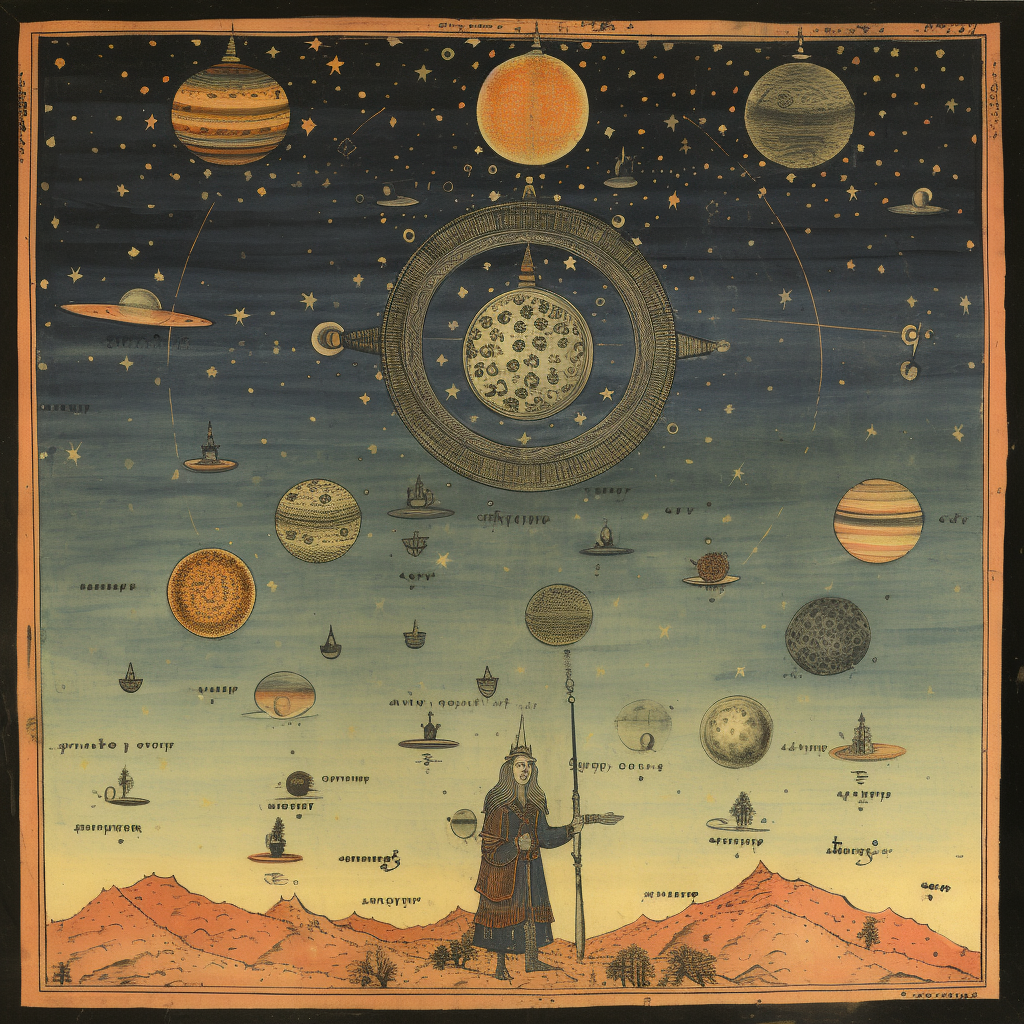

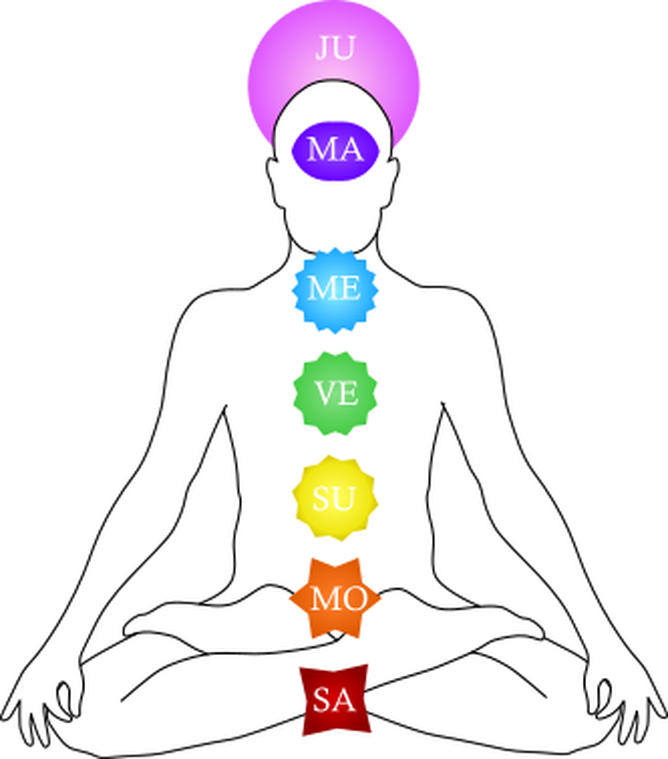
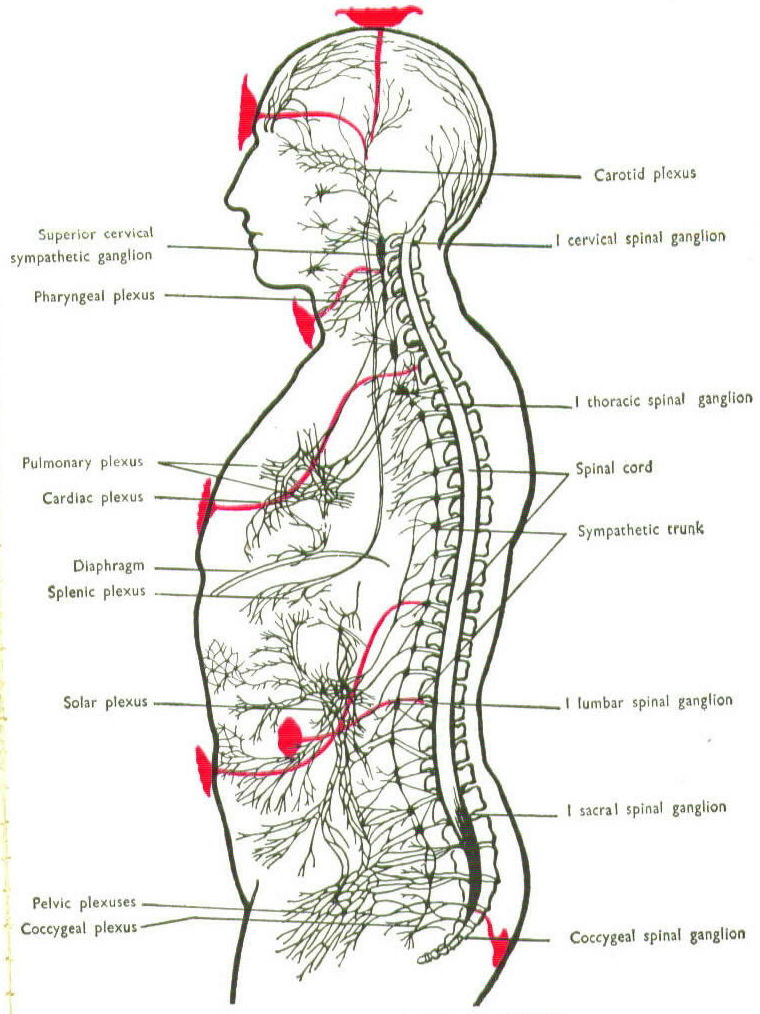
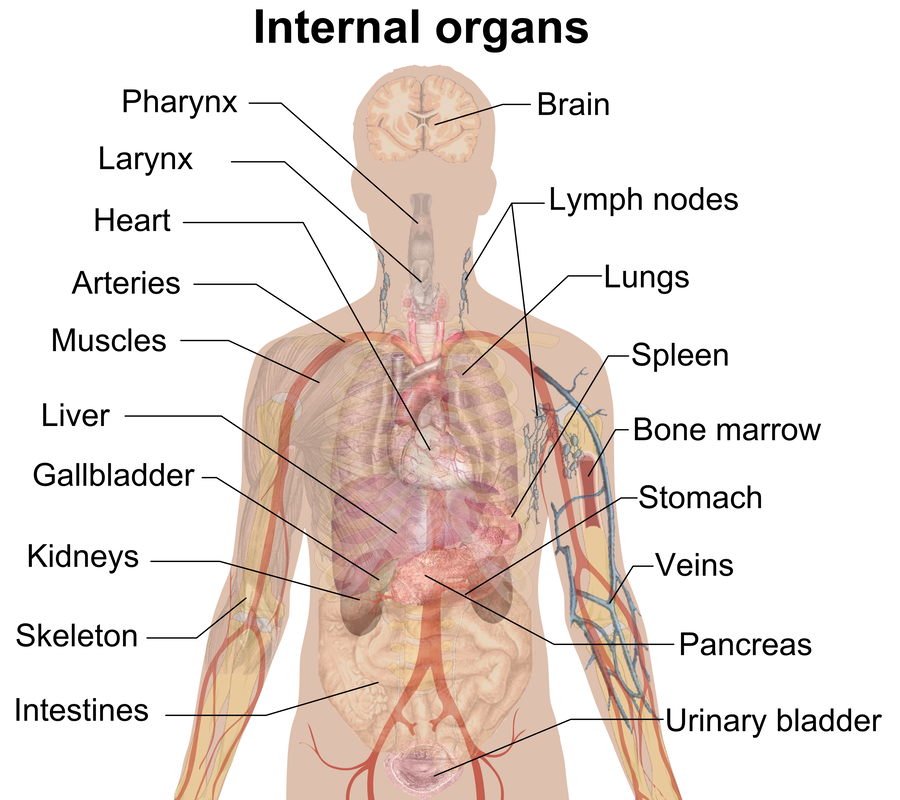

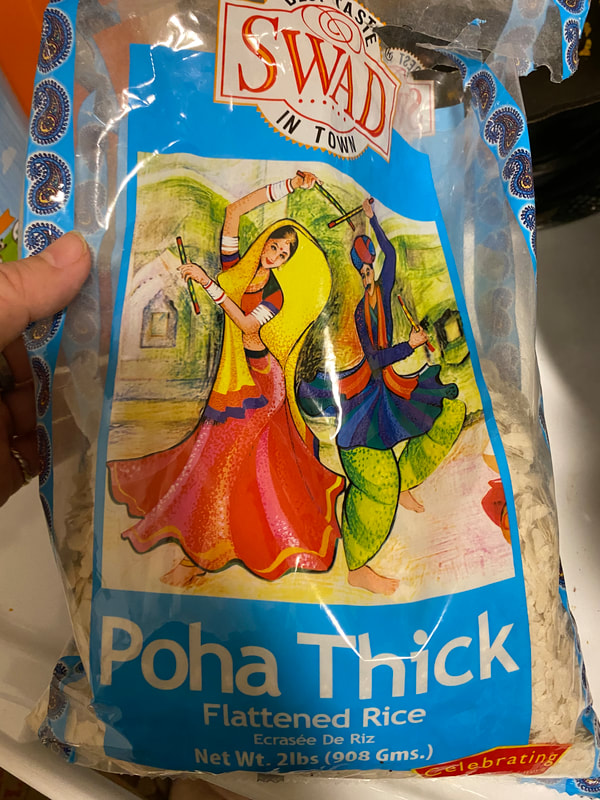

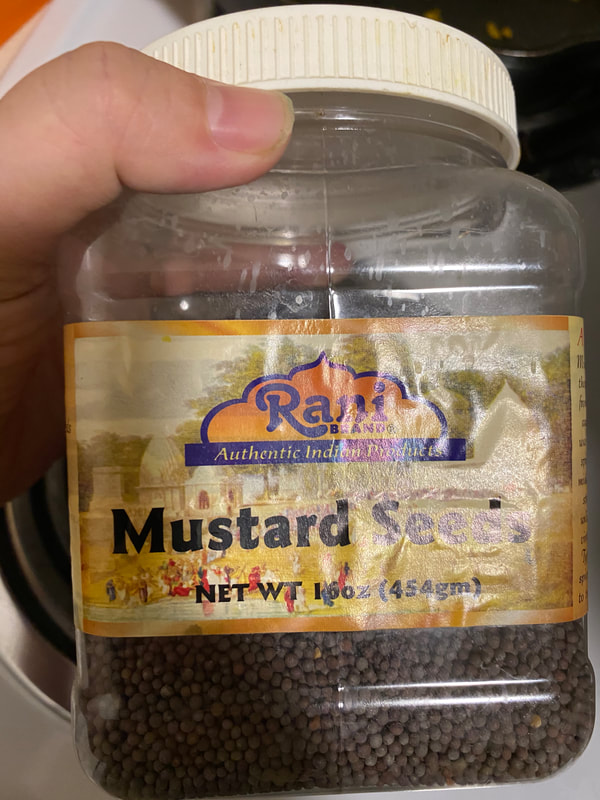

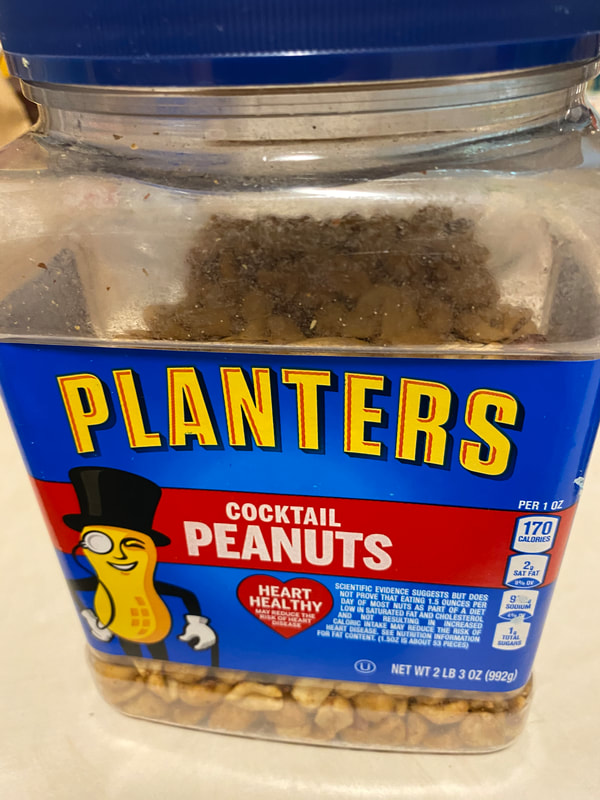
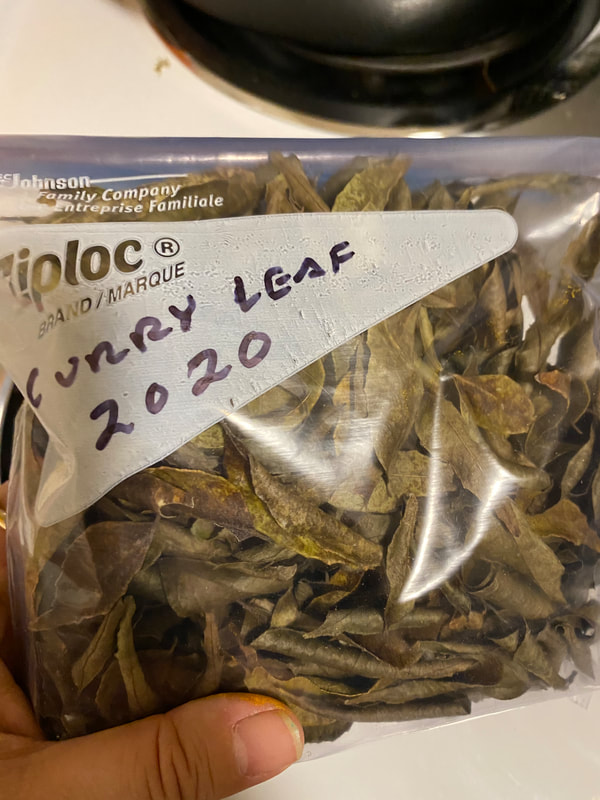
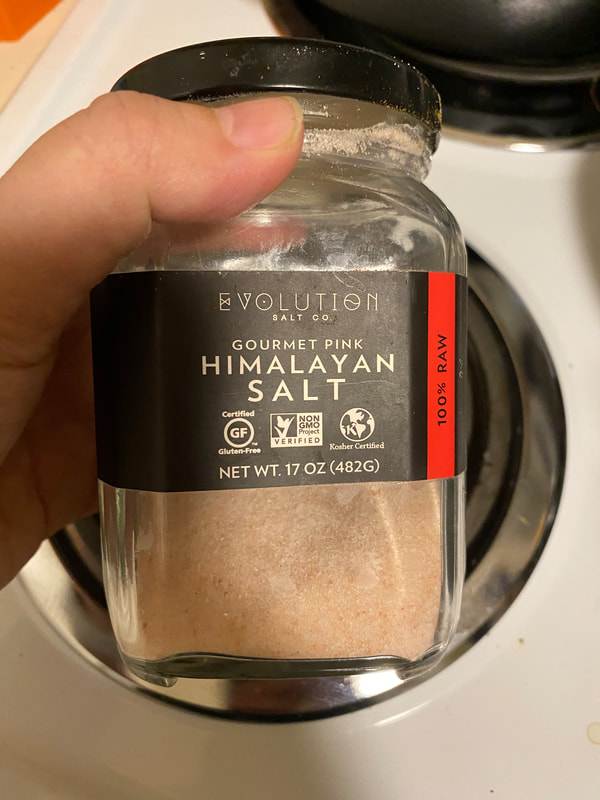
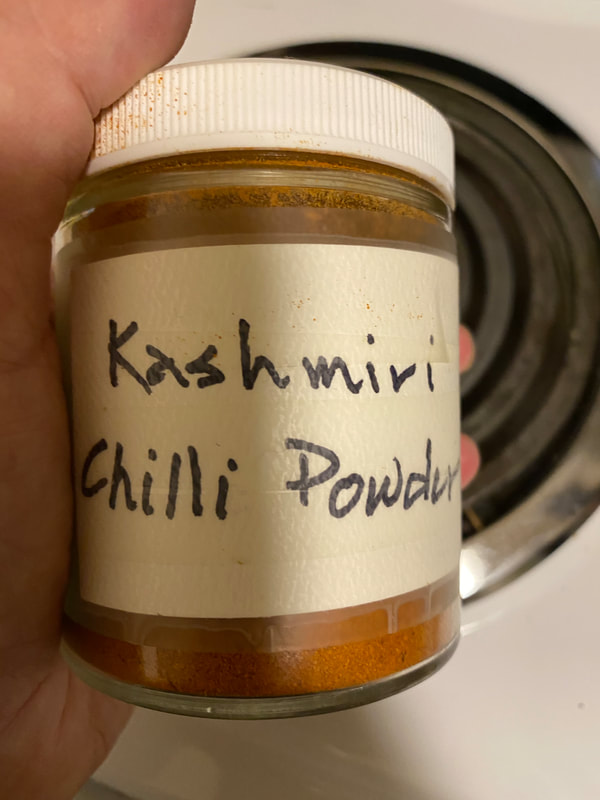

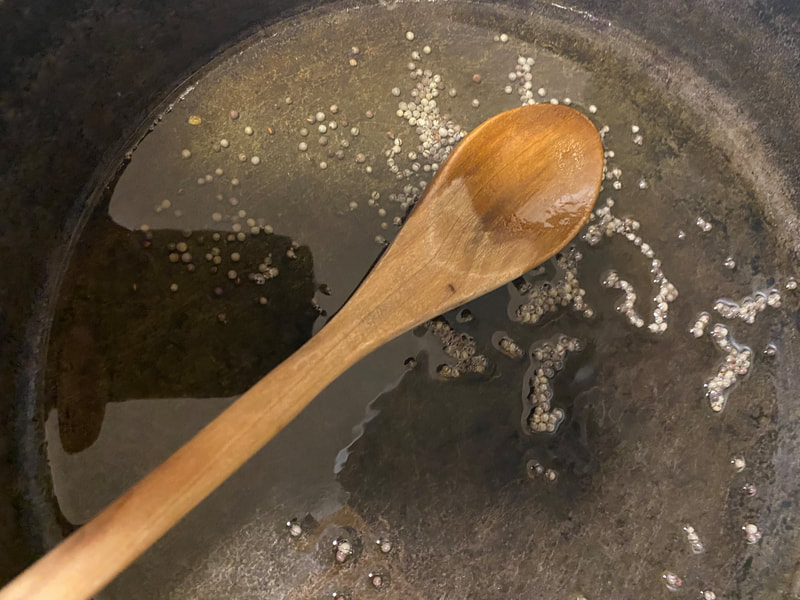





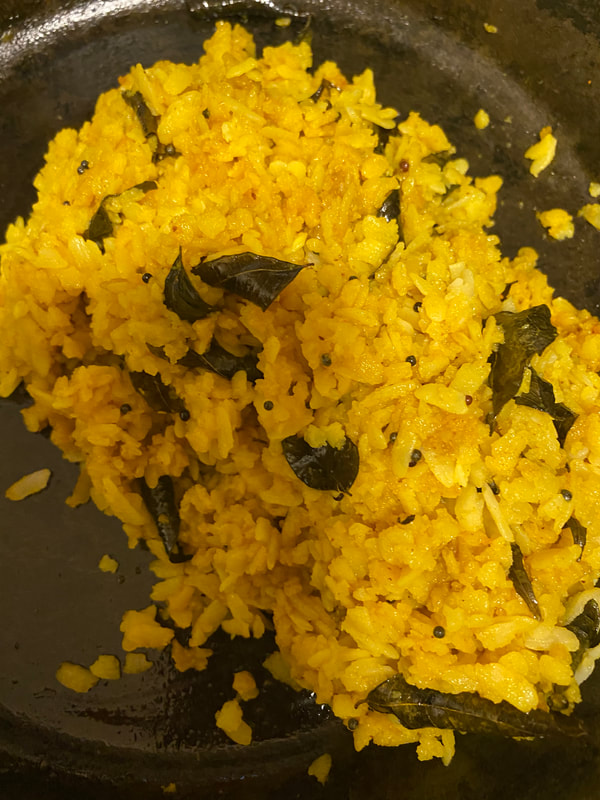
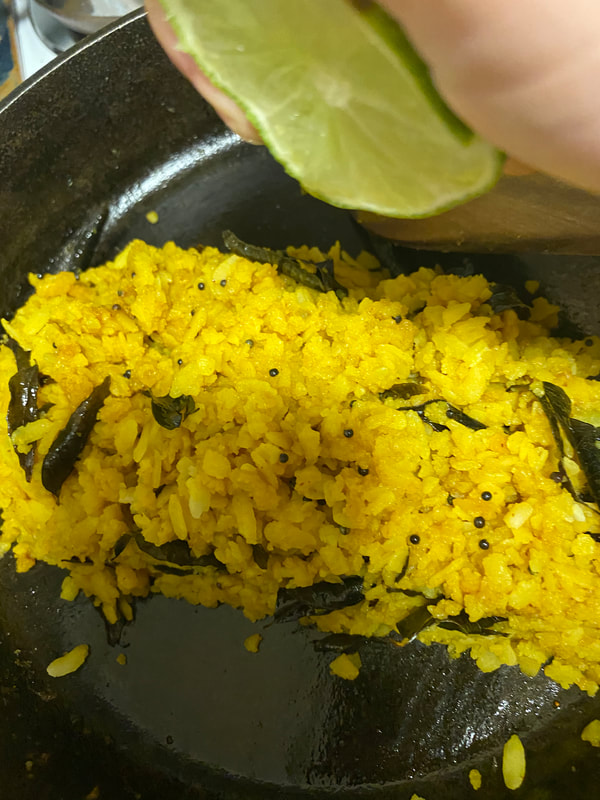
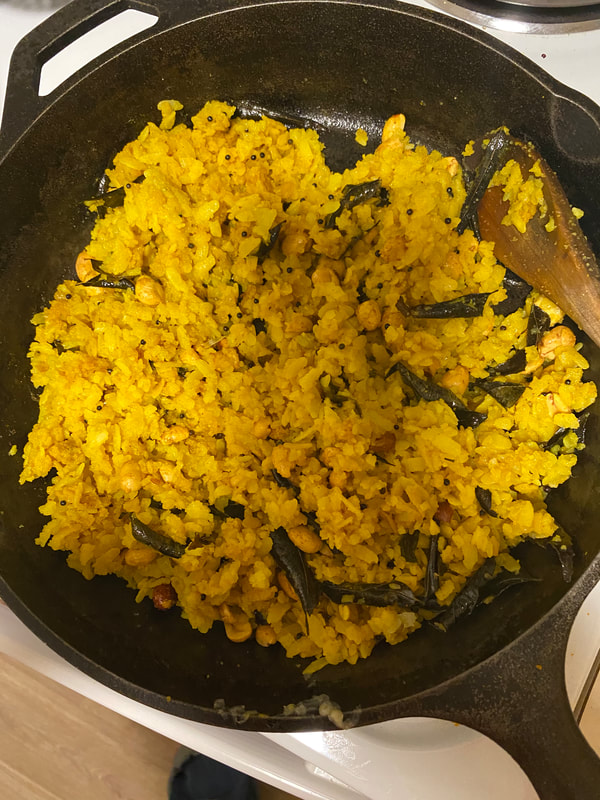

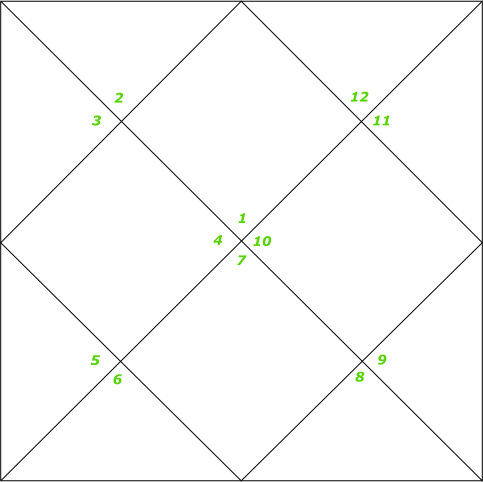
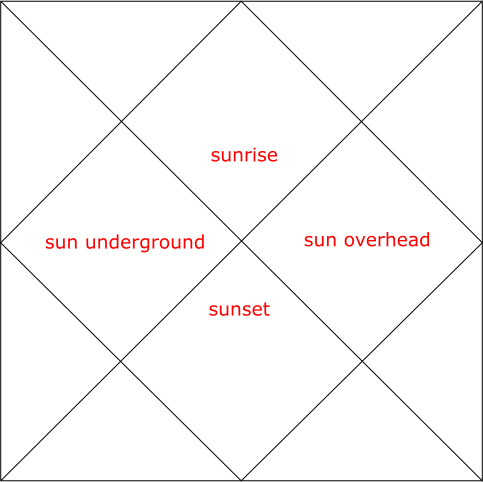
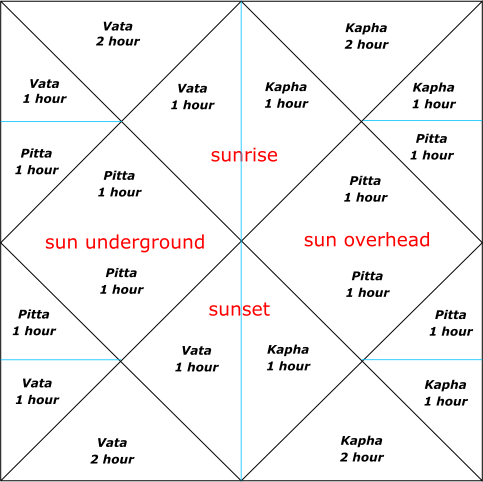





 RSS Feed
RSS Feed